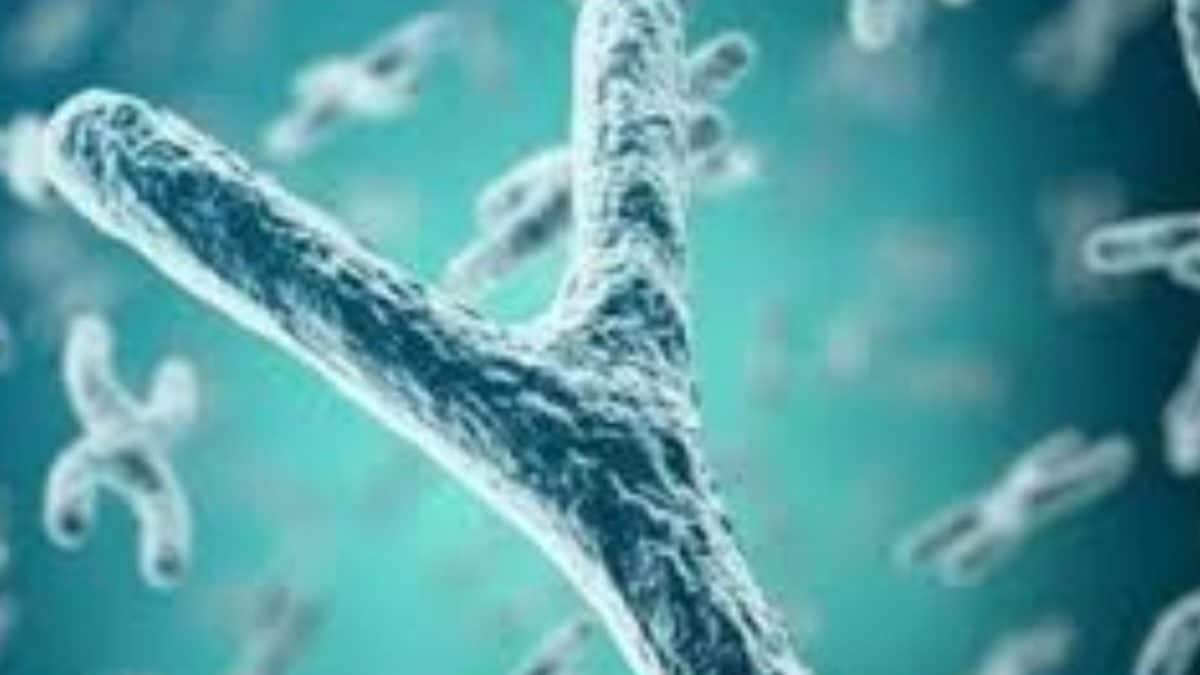Last Updated:August 19, 2025, 14:11 IST
Researchers tested 480 birds from five common species that had died after being admitted to wildlife hospitals.
24 birds showed a mismatch between genetic sex and reproductive organs. (Representative Image)
A study in south-east Queensland has revealed a surprising phenomenon in common Australian wild birds. About 5 per cent of species such as kookaburras, lorikeets and crested pigeons showed a mismatch between their genetic sex and reproductive organs which suggests the possibility that they may have gone “sex reversal.”
This study, published in the Royal Society journal Biology Letters, is believed to be the first to document widespread sex reversal across several species of wild birds. Scientists are now investigating why this happens and what it could mean for bird populations.
Study Reveals Unexpected Sex Reversal
According to a report in The Guardian, researchers tested 480 birds from five common species that had died after being admitted to wildlife hospitals where they first used DNA tests to determine their genetic sex. In birds, males have two Z chromosomes and females have one Z and one W.
After that, they dissected the birds to examine their reproductive organs, 24 birds showed a mismatch between genetic sex and reproductive organs. Most were genetically female but had male reproductive organs. In one case, a male kookaburra had a stretched oviduct which suggested that it had recently laid eggs. Two genetically female crested pigeons even had both testicular and ovarian structures.
Associate Professor Dominique Potvin, a co-author of the study at the University of the Sunshine Coast, said, “I was thinking, is this right? So we rechecked, and rechecked and rechecked. And then we were thinking, ‘Oh my God.’” She added that ornithologist friends were “mind-blown” with the findings.
The rate of sex reversal varied among species. Australian magpies showed the lowest level at 3 per cent while crested pigeons were the highest at 6.3 per cent.
Dr Clancy Hall, lead author of the study, explained, “This can lead to skewed sex ratios, reduced population sizes, altered mate preferences, and even population decline. The ability to unequivocally identify the sex and reproductive status of individuals is crucial across many fields of study.”
Could Chemicals Be To Blame?
The exact causes of sex reversal in wild birds are still unknown but experts suspect chemicals in the environment may play a role. These substances, called endocrine-disrupting chemicals (EDCs) can affect hormone systems in animals.
Professor Kate Buchanan from Deakin University said, “The most likely explanation of the masculinisation is some environmental stimulation, probably anthropogenic chemicals.” She noted that EDCs have been found in insects living in sewage treatment areas which are then eaten by birds. Exposure could impact reproduction even if the masculinisation is temporary.
Dr Clare Holleley from CSIRO added that natural factors like temperature changes can trigger sex reversal in some reptiles, but in these birds, it is more likely caused by chemicals. “If sex determination gets disrupted then something has to push you off track. The most likely [cause] is endocrine-disrupting chemicals,” she said.
What Is Sex Reversal And Its Causes
Sex reversal happens when an animal develops the sexual characteristics of the opposite sex even though its DNA says otherwise.
Causes Of Sex Reversal
Sex reversal can occur when the normal process of sex development is disrupted by changes in genes, hormones or environmental factors. Changes in key genes like SRY or SOX9 can alter gonad development. For example, mutations in SRY can cause genetically male (XY) individuals to develop as females while SRY moving to the X chromosome can result in genetically female (XX) individuals developing male traits.
Hormonal factors play an important role as well. Imbalances in steroid hormones such as estrogens or androgens, can affect sex differentiation during critical stages of development.
Sex Reversal vs Sex Change
Some animals, particularly fish, can change their sex later in life. This process is called sequential hermaphroditism or simply a sex change. Sex reversal, by contrast, occurs during development. It is a mismatch between genetic sex and reproductive organs from the original developmental path, not a switch later in adulthood.
A team of writers at News18.com bring you stories on what’s creating the buzz on the Internet while exploring science, cricket, tech, gender, Bollywood, and culture.
A team of writers at News18.com bring you stories on what’s creating the buzz on the Internet while exploring science, cricket, tech, gender, Bollywood, and culture.
Click here to add News18 as your preferred news source on Google, News18’s viral page features trending stories, videos, and memes, covering quirky incidents, social media buzz from india and around the world, Also Download the News18 App to stay updated!
- Location :
Delhi, India, India
News viral Chromosomes Say Female But It Has Organs Of A Male — Disturbing Trend In Australia | Science ExplainedDisclaimer: Comments reflect users’ views, not News18’s. Please keep discussions respectful and constructive. Abusive, defamatory, or illegal comments will be removed. News18 may disable any comment at its discretion. By posting, you agree to our Terms of Use and Privacy Policy.
Read More


